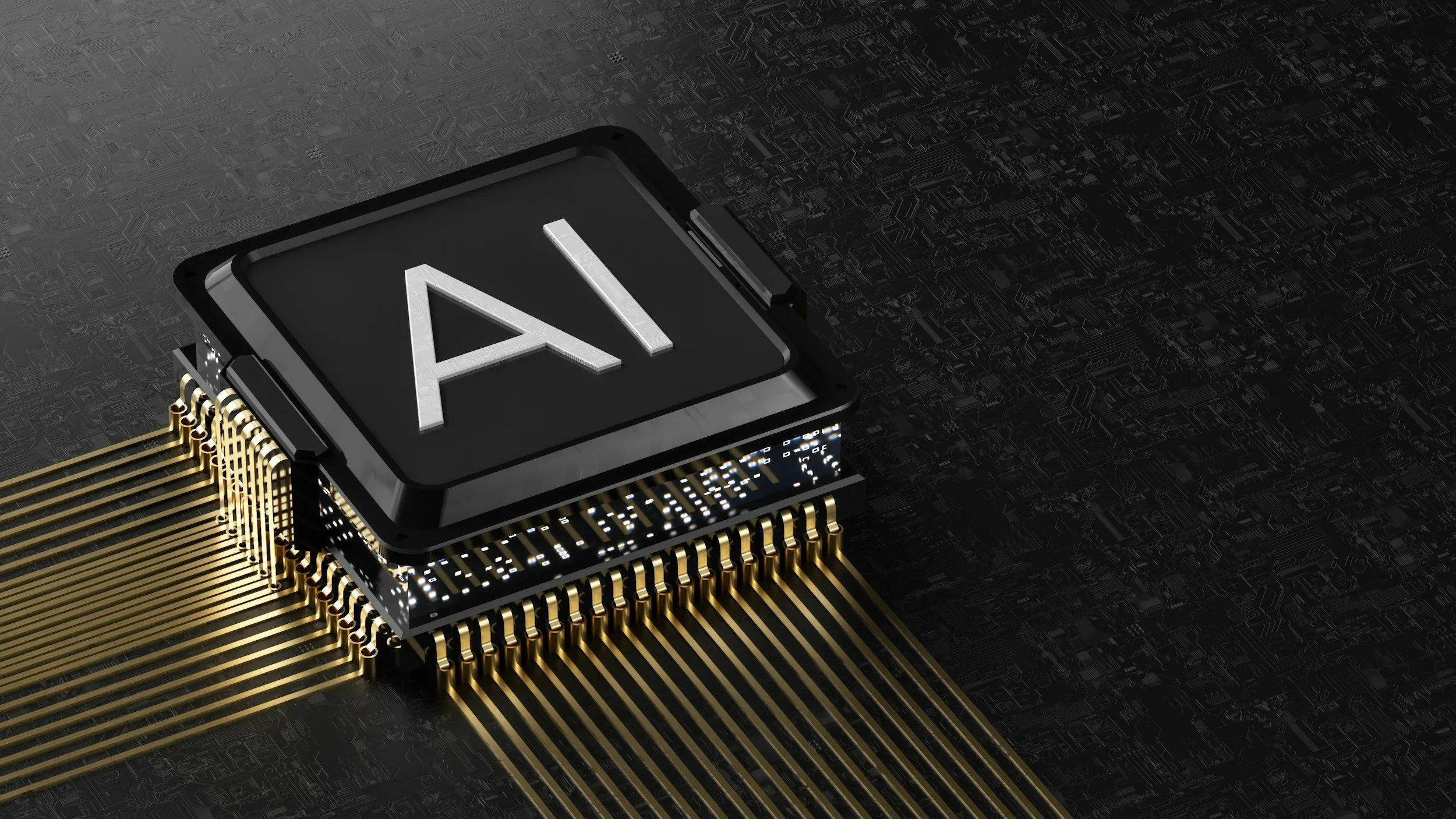AI Nurse Robot Nurabot Debuts in Taiwan Hospitals to Support Nurses and Boost Efficiency

Image Credit: Khyta | Splash
To address the global nursing shortage and alleviate burnout among healthcare workers, a new AI-powered nursing robot named Nurabot has been introduced in Taiwan hospitals. Jointly developed by Foxconn, Kawasaki Heavy Industries, and Taichung Veterans General Hospital (TCVGH), with technological support from NVIDIA, Nurabot is designed to assist nurses by automating routine tasks. This initiative is part of a broader effort to integrate artificial intelligence into healthcare, enhancing efficiency while supporting clinical staff.
Nurabot’s Features and Functionality
Nurabot is a collaborative robot, or "cobot", capable of performing tasks such as delivering medications, transporting lab specimens, patrolling hospital wards, and guiding visitors. Equipped with NVIDIA’s Jetson Orin platform for real-time navigation, advanced sensors, and high-resolution cameras, Nurabot can safely maneuver through hospital corridors. It also incorporates Foxconn’s FoxBrain, a large language model built with NVIDIA’s NeMo framework, enabling natural language processing, speech recognition, and text-to-speech for seamless interaction with patients and staff. These capabilities aim to reduce nurses’ repetitive workload by up to 30%, allowing more time for direct patient care.
Development and Technological Foundation
The development of Nurabot is a collaborative effort between Foxconn, Kawasaki Heavy Industries, and TCVGH, leveraging cutting-edge AI technologies. NVIDIA’s Holoscan platform processes sensor data, while the Isaac for Healthcare system supports virtual training in simulated hospital environments. TCVGH utilizes NVIDIA’s Omniverse platform to create digital twins—virtual replicas of wards and nursing stations—for training Nurabot, ensuring safe and efficient operation. Foxconn’s Hon Hai Super AI Computing Center, powered by NVIDIA DGX systems, develops healthcare AI models, including FoxBrain and CoDoctor, which enhance diagnostic accuracy for tasks like vital sign monitoring.
Hospital Trials in Taiwan
Nurabot is currently undergoing trials in several Taiwanese hospitals, including TCVGH, Baishatun Tung Hospital, Mazu Hospital, and Cardinal Tien Hospital. At TCVGH, Nurabot delivers wound care kits and health education materials directly to patient bedsides, reducing nurses’ trips to supply rooms. Shu-Fang Liu, deputy director of TCVGH’s nursing department, noted that the robot allows nurses to focus on meaningful care. TCVGH plans to deploy dozens of Nurabot units by the end of 2025, supported by Taiwan’s advanced healthcare infrastructure, which facilitates digital health innovations.
Impact on Nursing Shortage and Burnout
The World Health Organization projects a shortage of 4.5 million nurses by 2030, underscoring the need for solutions like Nurabot. By automating tasks such as ward patrols and visitor guidance, the robot eases physical and mental fatigue, particularly during busy periods like night shifts. Foxconn’s smart hospital initiative integrates AI models and digital twins to transform hospitals into efficient, technology-driven facilities, further supporting staff.
Future Prospects and Considerations
Foxconn and TCVGH are exploring enhancements for Nurabot, such as multilingual communication and patient mobility assistance. However, these features remain under development and are not yet implemented. Some healthcare professionals express concerns about potential job displacement from AI integration. Foxconn and NVIDIA emphasize that Nurabot is designed to complement nurses, focusing on repetitive tasks to enhance human-centered care. Ongoing education is addressing staff resistance to ensure smooth adoption.
We are a leading AI-focused digital news platform, combining AI-generated reporting with human editorial oversight. By aggregating and synthesizing the latest developments in AI — spanning innovation, technology, ethics, policy and business — we deliver timely, accurate and thought-provoking content.

































